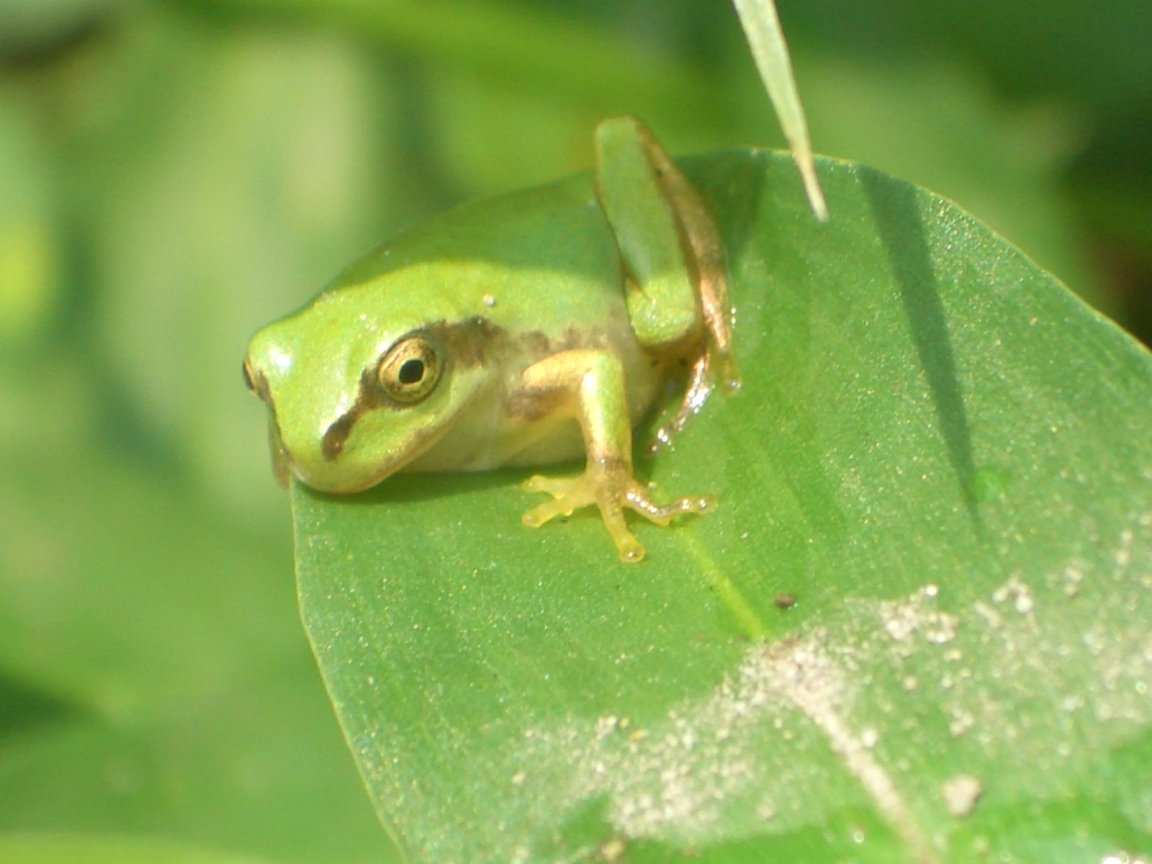
Desynchronized Singing
Specialists in the computing sector once again turned to nature to find solutions for optimization issues. They focused on the Japanese tree frog (Hyla japonica) where the males of the species sing to attract female counterparts. The problem is when males are too close together and sing at the same time, the female cannot differentiate and choose the best one. Hence, the males have learned desynchronized singing or not singing at the same time. On this basis, researchers from the University of the Basque Country (UPV/EHU) and the Technical University of Catalonia (UPC) came up with a new computational algorithm to resolve computing issues associated with set of nodes joined together by links which represent their interrelationships (think metro networks, or friendship graphs). “This process is a great example of self-organization in nature, which has allowed us to develop bio-inspired algorithms,” says Christian Blum, Ikerbasque Professor at the UPV/EHU.
Vital Applications
In the past, some of the researchers used these algorithms to color graphs, a technique with potential applications in the field of wireless networks. Now they have been used to detect “independent sets of nodes” or those which are not directly connected within the graph. Blum explains: “This has a number of vital applications in communication networks, such as in the formation of wireless backbone networks, but also in social networks such as Facebook and Twitter, since it allows for structural analysis and for the detection of independent communities within these networks.” For example, it is possible to track down inactive users, detect communities that don’t interact with anyone else or discover well-known individuals within the network.”All these issues can be translated into mathematical problems, which can then be solved on a graph representing the network,” Blum points out.